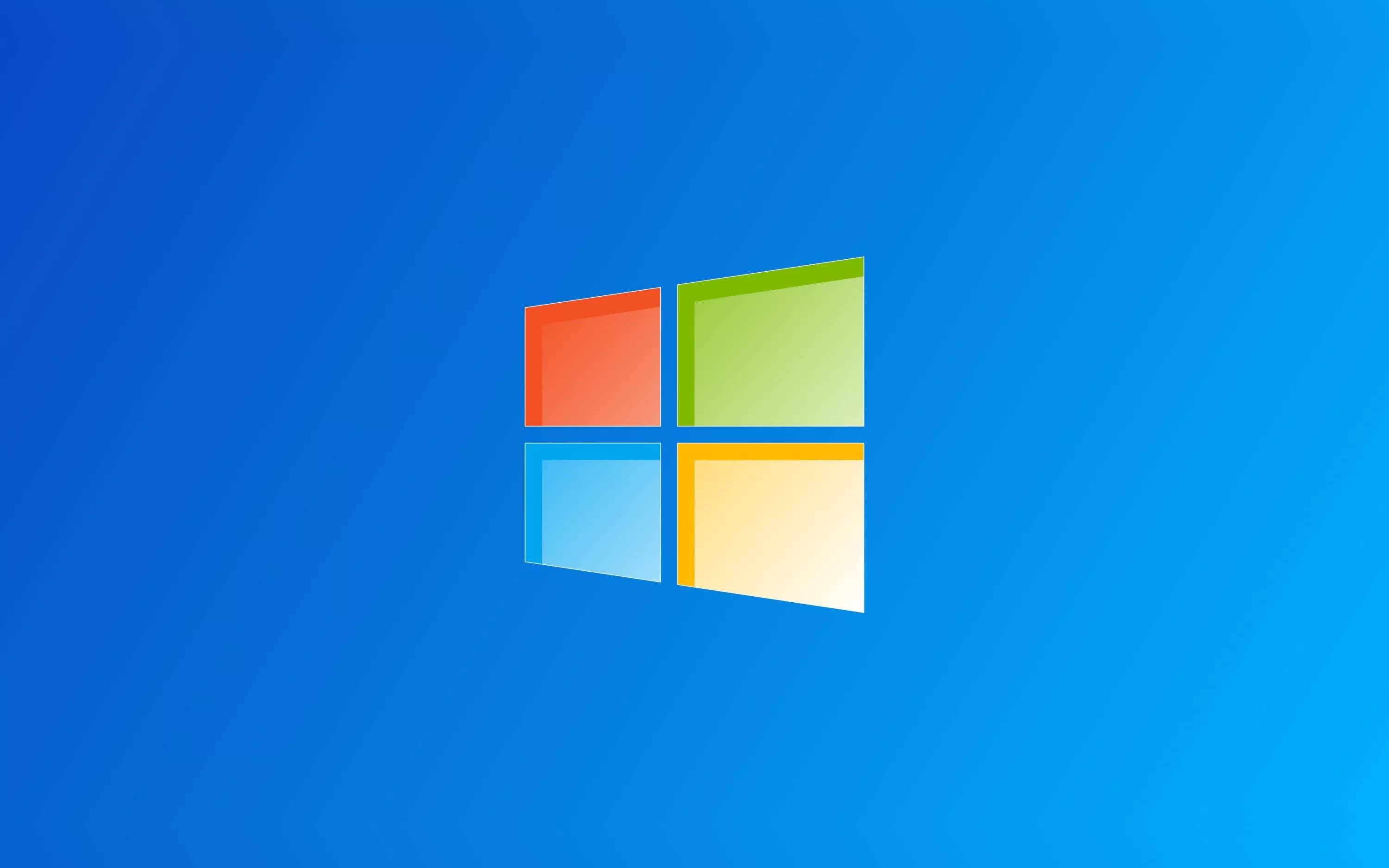Why it matters: Every second Tuesday of the month, Microsoft releases a new batch of updates aimed at fixing critical security vulnerabilities in Windows and other company products. This tradition has been ongoing for two decades, and Microsoft is now properly celebrating this important milestone while highlighting how patches will continue for another 20 years, thanks to AI.
Microsoft's Patch Tuesday is 20 years old, and 1.4 billion monthly active Windows devices still require constant updates to keep users' data safe. The company's official Windows blog posted an abridged version of the Patch Tuesday and Windows security history, unveiling how the monthly patching initiative originated from Bill Gates himself.
Microsoft's former CEO and co-founder sent a company-wide email on January 12, 2002, announcing the Trustworthy Computing (TwC) initiative. Microsoft VP John Cable said that TwC represented a paradigm shift, pushing security teams to adopt a new approach to bug fixing and the entire security update process. In his email, Gates asked for a dramatic reduction in the number of security issues in Windows.
Customers should receive their security patches automatically, Gates wrote, and all Microsoft software should eventually have to become so "fundamentally secure" that customers would never have to worry about it. The TwC email marked the beginning of the Patch Tuesday tradition, Cable confirms, which was later adopted by other major companies as a well-known industry standard for software security.

Cable listed the most important highlights from the "20-year tenure of Patch Tuesdays," noting how the new patch management processes brought Windows Update and Microsoft Update services to life. Subsequently, Windows Vista and Windows 7 were released with enhanced security features, including the User Account Control, Windows Defender, and improved firewall APIs.
Throughout the years, Microsoft also introduced out-of-band (OOB) updates to address imminent and dangerous threats such as the Conficker worm, new best practice sets and guidelines, and new tools for organization-wide patch deployment such as Windows Server Update Services (WSUS) and Microsoft Baseline Security Analyzer (MBSA).
The next few years brought Windows 8 security features such as Secure Boot, and Windows 10 introduced yet another fundamental shift with its "Windows as a service" model. Microsoft is now focused on the "quality and reliability" of its security updates, Cable noted, working proactively to improve transparency and align with the EU's General Data Protection Regulations (GDPR).
The latest improvements to Windows security and monthly patch deployment include "industry-wide collaboration" on firmware patching, the use of machine learning to optimize Windows updates, and new patch experiences and rollback features.
Patch Tuesday must continue to be predictable, simple, agile, and transparent, Cable stated, while AI technology ensures that Windows will stay protected and productive for the next 20 years.
This month's Patch Tuesday is expected to arrive on November 14.
